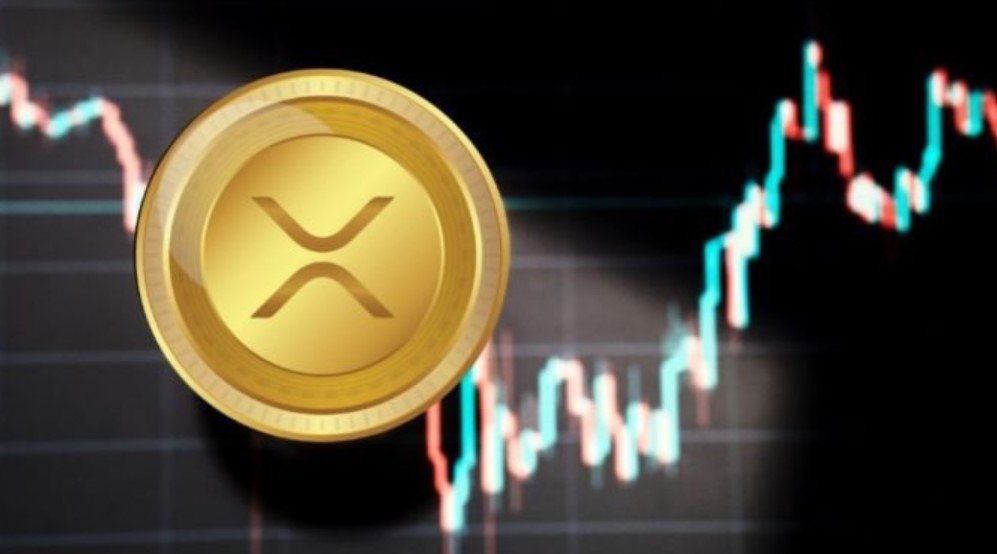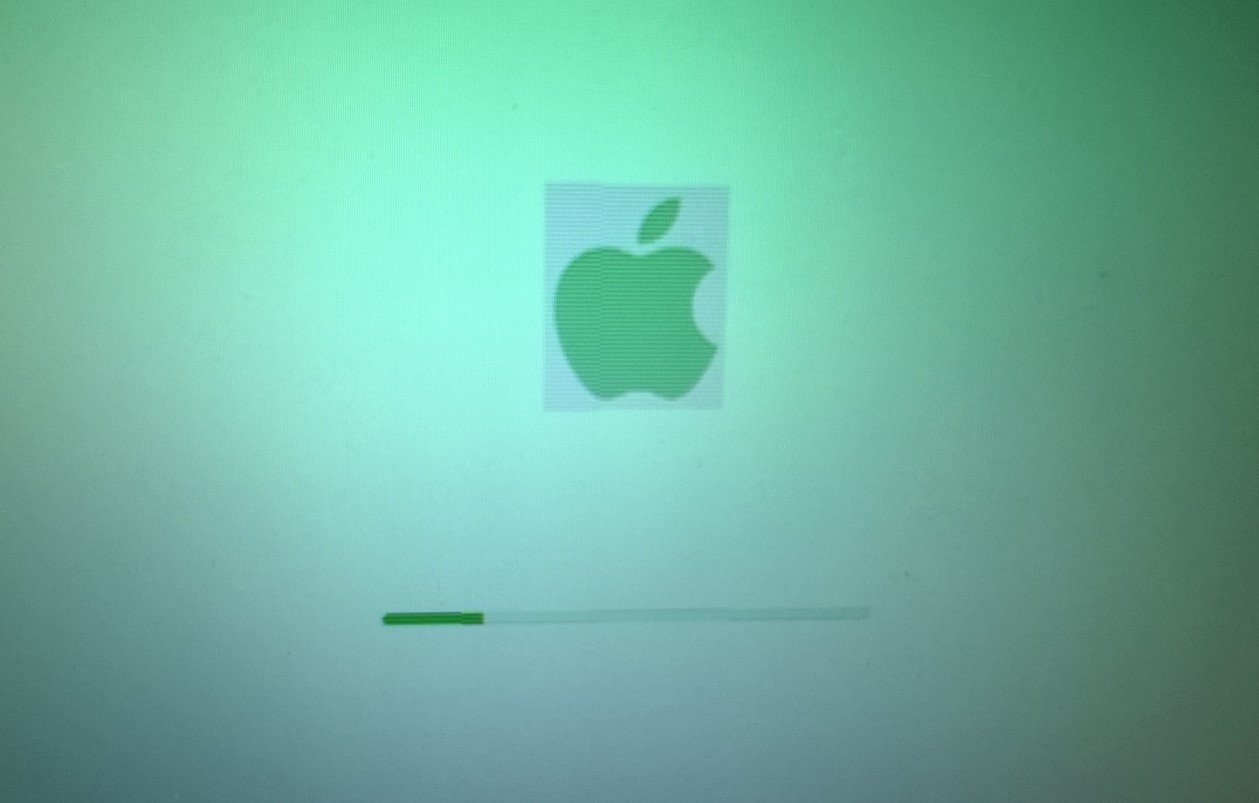News
XRP’s Bold New Move: How Tokenized Treasuries Could Supercharge Its Value
XRP has long been marketed as a solution for faster, cheaper money transfers, particularly for financial institutions. But now, the token is stepping into a much larger arena—one that could send its value soaring. A new upgrade is positioning XRP to facilitate rapid transactions for tokenized assets, including U.S. Treasuries, a market worth trillions. The implications? More trading volume, more institutional adoption, and potentially, a long-term price boost.
U.S. Treasuries Trading Is a Financial Juggernaut
If there’s one asset class that institutional investors, banks, and funds can’t get enough of, it’s U.S. Treasuries. The reason is simple: liquidity. These bonds are some of the most actively traded assets in the world, with a daily volume that dwarfs most cryptocurrencies.
How big is the market? In January, the Securities Industry and Financial Markets Association (SIFMA) reported that Treasuries saw an average daily trading volume of $974 billion—a nearly 8% year-over-year increase. That’s a staggering figure.
For comparison, XRP’s 24-hour trading volume on February 27 was just over $6 billion. The difference is night and day. But now, thanks to XRP’s integration with Ondo Finance, a bridge between traditional finance and blockchain, some of that massive Treasury trading volume could start flowing through XRP’s network.
Tokenized Treasuries on XRP: A Potential Goldmine
This new development isn’t just theoretical. Ondo Finance has already locked $600 million worth of tokenized short-term Treasuries onto the XRP Ledger. This means financial institutions can trade and hold U.S. Treasuries directly on the XRP blockchain, reducing costs and increasing efficiency.
Why does this matter?
- More Treasuries trading on XRP’s chain means more transaction volume.
- Increased volume leads to higher fee revenue, benefiting XRP holders and the network.
- If banks are already using XRP for cross-border transfers, expanding to Treasuries is a logical next step.
The bottom line? XRP is now offering financial institutions a streamlined way to manage Treasuries—an asset class they’re already deeply involved with. And that’s a major catalyst for long-term growth.
How This Could Drive XRP’s Price Higher
Until now, XRP’s primary value proposition was centered around making money transfers cheaper and faster. But this move broadens its scope significantly. Instead of just serving as a bridge currency, XRP is becoming a hub for tokenized assets.
Consider the potential impact:
- More financial institutions integrating XRP into their trading activities = more demand for the token.
- Greater demand = potential price appreciation over time.
- A successful rollout with Treasuries could pave the way for other real-world asset tokenizations, further increasing XRP’s utility.
This isn’t just speculation. The financial world is already shifting towards asset tokenization. BlackRock CEO Larry Fink has publicly stated that tokenization will be a key driver of financial market transformation in the coming years. If XRP can secure a foothold in this trend early, it could become a dominant player in digital finance.
What’s Next for XRP?
Despite the bullish momentum, there are still hurdles. While $600 million in tokenized Treasuries is a start, it’s a small fraction of the trillions traded daily. Large institutional players need to see further expansion before committing to XRP’s infrastructure.
Key factors to watch:
- Adoption rate: How quickly do financial institutions embrace XRP for Treasuries trading?
- Scalability: Can the network handle increasing transaction volume efficiently?
- Regulation: How will global regulators react to tokenized Treasuries?
For now, XRP’s collaboration with Ondo Finance is a clear signal that its ambitions go far beyond payments. If adoption grows, XRP could find itself at the center of a multi-trillion-dollar asset market. And that’s something investors will be watching closely.















